
10 Dec, 2022
Without the use of software, effective company models are today difficult to envision. Software may be utilised for internal operations or for interactions with customers. But the truth is that one of the best ways for a corporation to develop is through coordinated, agile software.
Statista's IT Market Model Survey estimates that the worldwide software market generated US$456 billion in revenue in 2018.
One of the fundamental principles of technology development is to always keep the user in mind. Even more so when the program is positioned inside, with employees of the firm serving as the "users".
Making sure that it satisfies everyone's expectations is essential since software created for the business, such as CRM, ERP, or custom LMS creation, strives to enhance processes, solve problems, and increase the bottom line.
Utilizing a technological product with quality construction might significantly improve earnings. Here are a few of the most significant advantages that software development may provide to your company.
According to study, there is a statistically significant association between a company's total productivity and the intensity of IT utilised there—IT capital per worker—for more than 1,167 big U.S. enterprises.
1. What do you want to accomplish?
You must have a clear understanding of the objectives that will guide the development of a workable software solution while creating software for your company. Before the program is started being developed, the following questions must be addressed.
What features would you want to see implemented? is not the right question to ask before developing software for your company. What issues are you having with your present process, exactly?
2. The use of agile methodologies
Today's corporate world is moving at an ever-increasing pace. Therefore, it's imperative to keep up with the constantly changing requirements of internal software.
Agile approaches, such as Sprint demonstrations, the use of a minimum viable product, retrospectives, and metrics to monitor outcomes, help to ensure the software's overall success as well as the workforce's acceptance of it.
3. Provide feedback at every opportunity
Teams may prevent mistakes by getting feedback. The following are suggestions for gathering and utilizing feedback:
4. Make sure you understand the goal, not simply the feature.
An organization may operate on the presumption that it is aware of the features or goods that might alleviate the problems with its business process. It could, however, be lacking crucial information, causing the organization to make a "false positive" assumption.
Before creating software for your company, you shouldn't ask "What features would you want to see implemented? What issues do you have with your present workflow, exactly?
In total, Wells Fargo is in charge of managing assets worth $1.9 trillion. It achieves this by utilizing a customized CRM system that helps cut down on hundreds of wasted business and IT hours.
5. Is there a Return on Investment
The software that the business is purchasing needs to provide a quantifiable return. The following advice is useful for calculating the software product's return on investment.
Now that we are aware of the factors to take into account while developing software, the decision of whether to construct it internally or outsource the work to a software development outsourcing business must be made. Both strategies have advantages and disadvantages. Here, we've listed some of the benefits of outsourcing software development.
Due to the ability to set deadlines, software deployment times can be shortened.

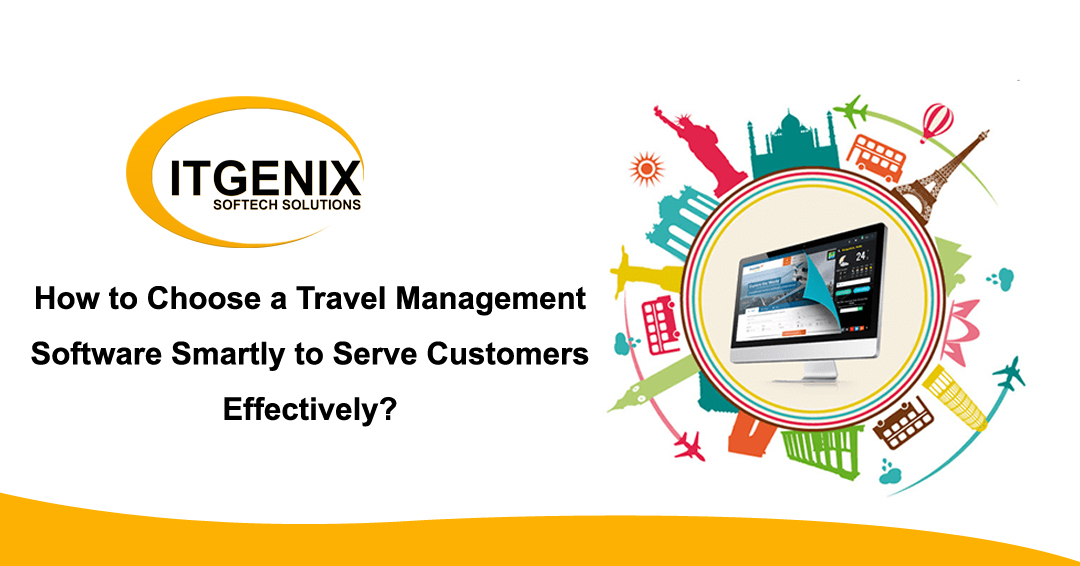



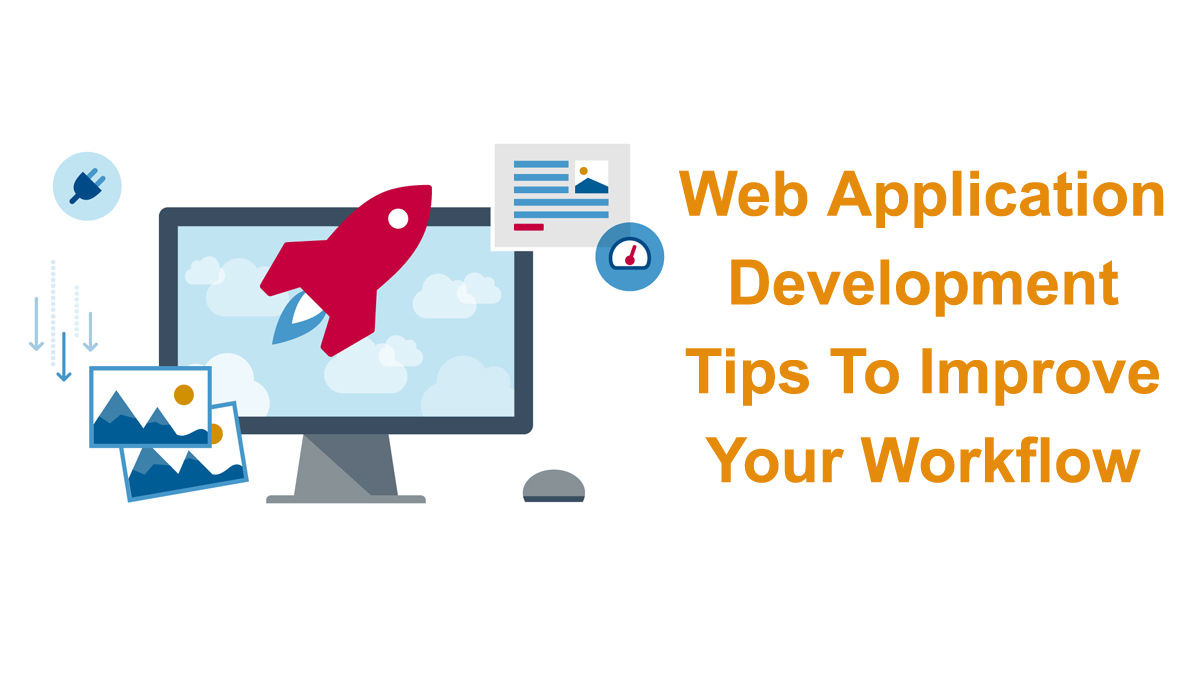
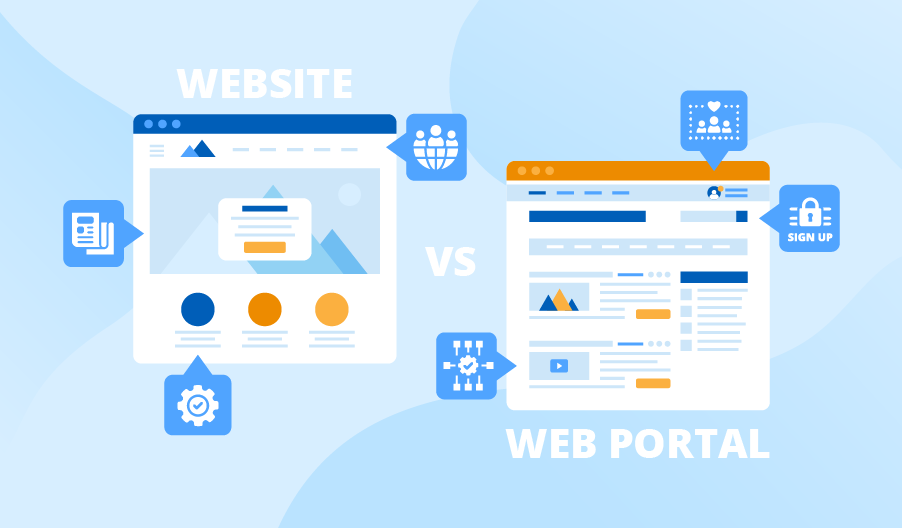


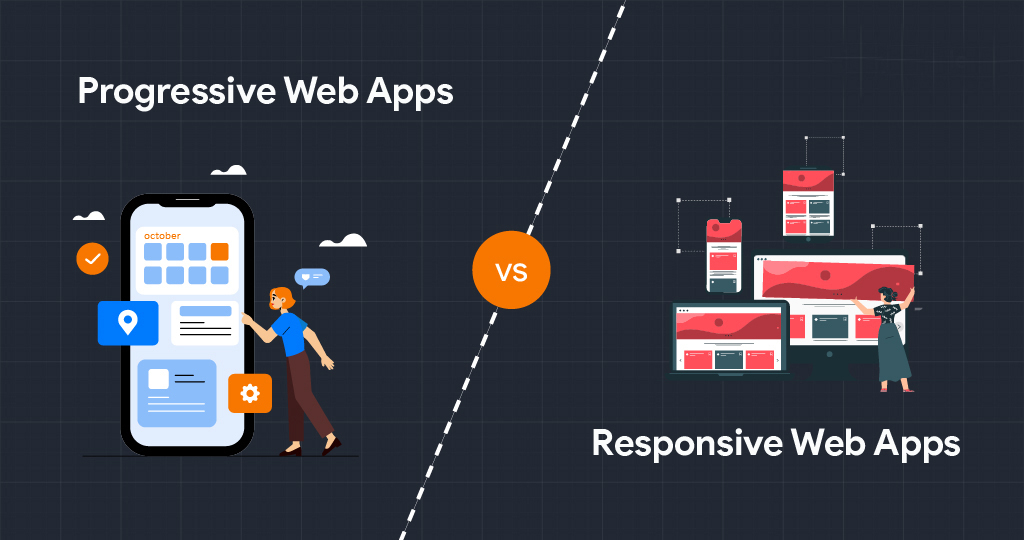










.png)

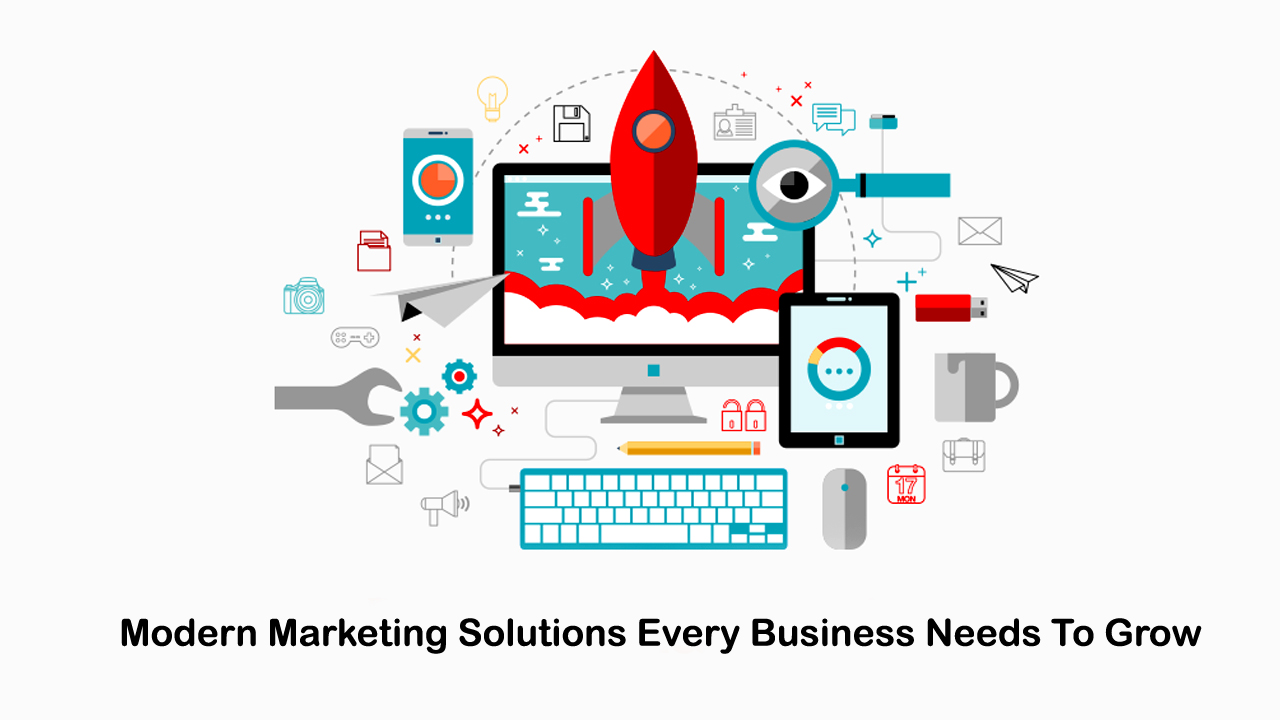

All right reserved by Itgenix Softech Solutions